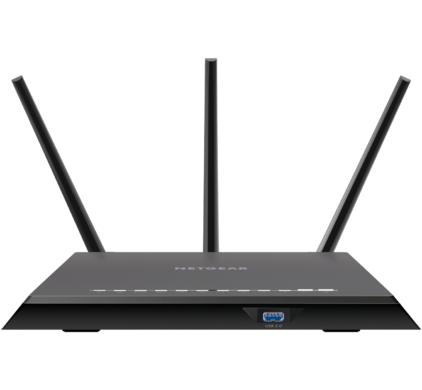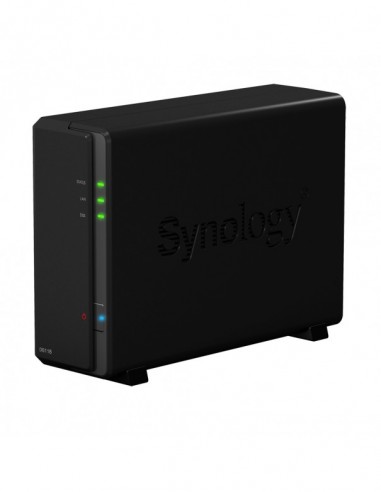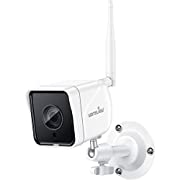
Netgear Nighthawk AC1900 R7000
AC1900 WiFi—600+1300 Mbps speeds
- Simultaneous dual-band
- Wireless AC, Wireless G, Wireless N
- 1 USB 3.0 port
- 4 Gigabit Ethernet (1000 Mbps) LAN Ports
- 64/128-bit WEP, WPA / WPA2,WPA-PSK / WPA2-PSK encryption
- SPI-Firewall, NAT-Firewall
Firmware Version: DD-WRT v3.0-r55678 std (04/06/24)
Linux 4.4.302-st49 #11339 SMP Fri Apr 5 16:39:21 +06 2024 armv7l

excellent performance and coverage – performs extremely well with dd-wrt firmware
Upgrade to dd-wrt firmware
This router has been upgraded from Netgear Firmware Version V1.0.9.34_10.2.36 (GUI Language Version V1.0.7.6_2.1.38.1) to a DD-WRT firmware.

This R7000 model was initially flashed with the dd-wrt.K3_R7000.chk. Once this was succesfully completed and tested, it was upgraded to more recent firmware versions:
– DD-WRT Kong Mod for NETGEAR R7000 (2018-05-31) (dd-wrt.K3_R7000_20180531) and Kong Summer Update was applied (DD-WRT v3.0-r39960M kongac (06/08/19)), followed by
– brainslayer DD-WRT v3.0-r50786 std (11/02/22) and the subsequent versions published on the DD-WRT forum, with currently running DD-WRT v3.0-r55678 std (04/06/24)
The dd-wrt firmware works stable and provides an equal or better perfomance as the stock firmware but with more features for wireless channel controls and use of VPNs. The user interface is the big drawback and is not recommended for novice users.
Please refer to the dd-wrt.com site for the detailed documentation and instructions. Check also the articles on MyOpenRouter.com. You may also read the Tweaking4All.com article.
Wireless settings used, based on other user’s recommendations:
Regulatory Domain – Europe (obviously change this to your country’s setting)
Regulatory Mode – off
TPC Mitigation Factor – 0
Wireless Mode – AP
Wireless Network Mode – NG-Mixed
Wireless Channel – 12 (use 1, 6, 11 or the least crowded in your area, see note1)
Channel Width – 20 mhz
Multicast to Unicast – disabled
TurboQAM – enabled
Explicit Beamforming – enabled
Implicit Beamforming – enabled
Airtime Fairness – disabled (this currently causes wireless dropouts over time)
(5 ghz)
Wireless Mode – AP
Wireless Network Mode – AC/N-Mixed (unless you have only AC clients or are still relying on wireless-A)
Wireless Channel – I use 44 (use least crowded. DD-wrt exposes the middle frequencies under 149 and above 48 as selectable [per DFS preemption], see note1)
Channel Width – 80 mhz
Extension Channel – Upper Lower (depends on the channel you use. lower lower for above 149, upper upper for below 48 )
Multicast to Unicast – disabled
Explicit Beamforming – enabled
Implicit Beamforming – enabled
Airtime Fairness – disabled (this currently causes wireless dropouts over time)
note1: I use Auto Wireless Channel and weekly reboot the router to determine the free channels
Wireless Security:
WPA2 Personal with AES only (unless you run a RADIUS server or something, in which case choose enterprise..)
Advanced Settings (both bands):
Basic Rate – All
Transmission Rate – Auto
CTS Protection Mode – Auto
Frame Burst – Disabled
Advanced Settings (5ghz):
Beacon Interval – 100 (set this a bit higher to save mobile clients some battery. Not too high so that wireless client’s don’t drop out from missed beacons)
DTIM interval – 1 (can be set higher for battery saving of mobile clients, but since it works in tandem with beacon interval, it can cause drop outs if set too high as well, use 1 if beacon interval is set to 100)
Fragmentation Threshold – 2346
RTS Threshold – 2347
Max Associated Clients – 128 (Personal preference. Say you want to restrict a certain number of IP’s for wired clients only. This setting would prevent wireless clients from taking all the IP addresses in the address range from the DHCP server)
AP Isolation – Disabled
TX Antenna – Auto
RX Antenna – auto
Preamble – Short (Long is for compatibility with older wireless devices. Most everything within 15 years works with short)
Shortslot Override – Short (another compatiblity setting that affects G-clients in relation to older B-clients. Reduces the time in between sending packets to clients after collisions)
TX Power– Manual 160 (Auto will change as needed for the client while obeying regulatory domain, see note2)
Bluetooth Coexistence Mode – Preempt (tells a bluetooth client which 2.4ghz channel the router is using to avoid transmitting on that frequency)
Wireless GUI access – enabled (else your wireless clients can’t configure the router)
Radio Time Restrictions – Disabled (personal preference)
WMM Support – enabled (Wireless-N and newer require this for higher transmission rates)
No-Acknowledgement – enabled (I use disable to avoid frequent throughput drops from a noisy wireless environment)
Configure a Guest WiFi network with dd-wrt firmware
Refer to the the tutorial: ‘Guest WiFi + abuse control for beginners‘
My objective of a guest network is to offer isolated, yet protected, access to the Internet. Guest users should not have access to my private LAN. This can be achieved with the following settings:
Wireless Basic Settings (‘Virtual Interfaces’): AP isolation enabled.
Network Configuration: Unbridged, NAT enabled.
You will need to assign a dedicated network range and enable DHCP.

read also Kong’s Guest Wifi Setup DD-WRT
LED Control was successful with the following commands:
# Disable WAN and LAN LEDs
et robowr 0x0 0x18 0x1ff
et robowr 0x0 0x18 0x0
et robowr 0x0 0x1a 0x0
# disable WPS button LED
gpio disable 14
# disable WLAN button LED
gpio disable 15
gpio disable 16
# turn off 2.4GHz LED
gpio enable 13
# turn off 5GHz LED
gpio enable 12
# turn off power LED white
gpio enable 2



